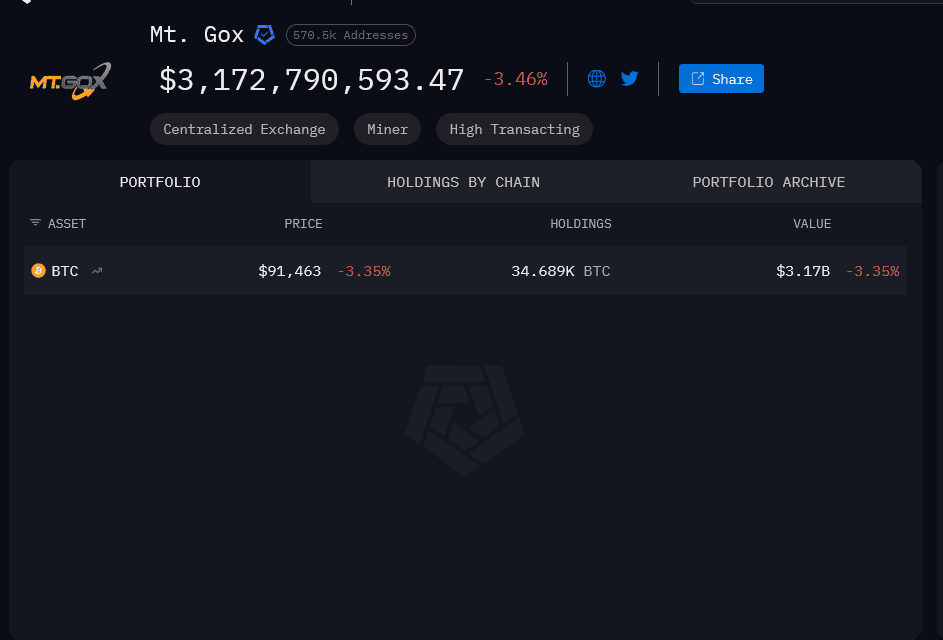Hyperliquid's Rising Popularity and Entry Barriers: Addressing Institutional Participation and Retail Appetite in Liquid Restaking Derivatives
- Hyperliquid's 2025 retail-driven growth surged via token airdrops and buybacks, reaching $2.15B TVL and 70% perpetual futures market share. - Institutional adoption faces barriers from token dilution risks (10.8B HYPE unlock) and regulatory challenges after $4.9M POPCAT token manipulation losses. - Strategic innovations like HIP-3 and 21Shares' ETF proposal aim to attract institutional capital despite competition from Aster and BNB Chain platforms. - Platform's success hinges on balancing retail momentum
Retail Demand: Driving Expansion
Hyperliquid’s growth, powered by retail users in 2025, has been remarkably rapid.
Interest from retail investors in liquid restaking derivatives surged further in Q3 2025, as
Institutional Entry Barriers: Tokenomics and Regulatory Issues
Despite its popularity among individual traders, Hyperliquid encounters notable obstacles in attracting institutional investment. Its tokenomics structure is a primary concern.
Regulatory hurdles have also become a significant challenge. In late 2025,
Strategic Developments and Institutional Outlook
Nonetheless, Hyperliquid’s prospects with institutions are not without potential.
Conclusion: Navigating Growth and Risk
Hyperliquid’s journey in 2025 illustrates the fine line between rapid retail expansion and institutional caution. While its inventive tokenomics and technological progress have drawn strong retail interest, unresolved issues—such as token dilution and regulatory risk—continue to hinder broader institutional adoption. To cement its role in the DeFi sector, Hyperliquid must strengthen its risk management and ensure transparent governance. Investors should carefully consider the platform’s impressive growth prospects alongside its exposure to market and regulatory uncertainties.
Disclaimer: The content of this article solely reflects the author's opinion and does not represent the platform in any capacity. This article is not intended to serve as a reference for making investment decisions.
You may also like
Crypto Crash Reasons: Here is why Cryptos are Crashing
Mt. Gox Just Moved Nearly $1B in Bitcoin. Should You Be Worried?

Bitcoin News Update: Canaan's Shift Toward Bitcoin Mining Drives 18% Increase and Sets New Record in Holdings
- Canaan Inc. shares surged 18% pre-market after Q3 revenue jumped 104.4% to $150.5M, surpassing estimates. - Bitcoin mining revenue soared 241% to $30.6M, driven by 267 BTC mined and 10 EH/s computing power sold. - Company boosted crypto holdings to 1,610 BTC/3,950 ETH by October 2025 and secured a 50,000-unit mining machine order. - Q4 revenue guidance ($175-205M) exceeds $148. 3M estimates, but risks include U.S. tariffs and regulatory shifts. - Analysts maintain "buy" ratings with a $3.00 price target

BCH Climbs 5.6% Over 24 Hours as Institutions Adjust Their Portfolios
- BCH surged 5.6% in 24 hours to $514.6 amid mixed 1-month (-3.14%) and 1-year (19.29%) performance. - Institutional investors reshaped holdings: Itau Unibanco cut 21.3% stake, while Goldman Sachs and Robeco increased positions. - Analysts raised price targets to $33-$35 with "neutral" ratings, though Zacks upgraded to "strong-buy" amid improved long-term outlook. - BCH maintains 1.24% institutional ownership, 12.92 P/E ratio, and stable financial metrics (quick ratio 1.53, debt-to-equity 2.00).
